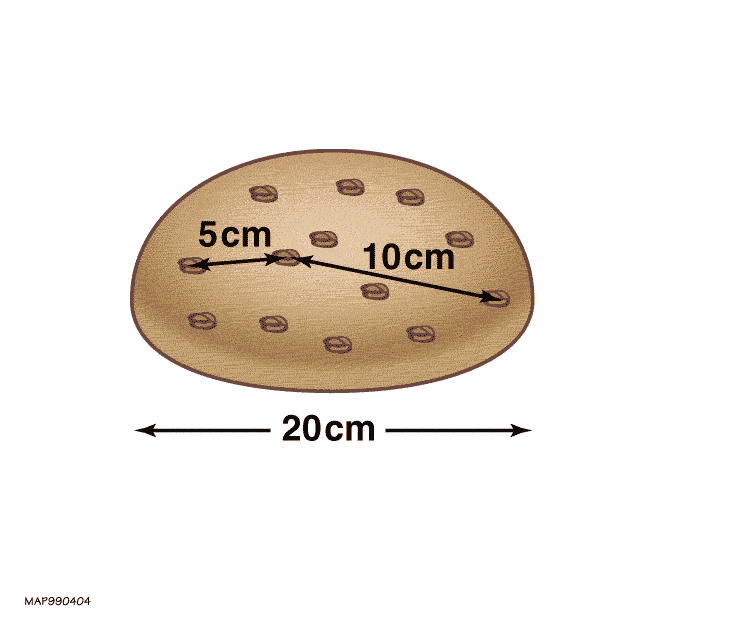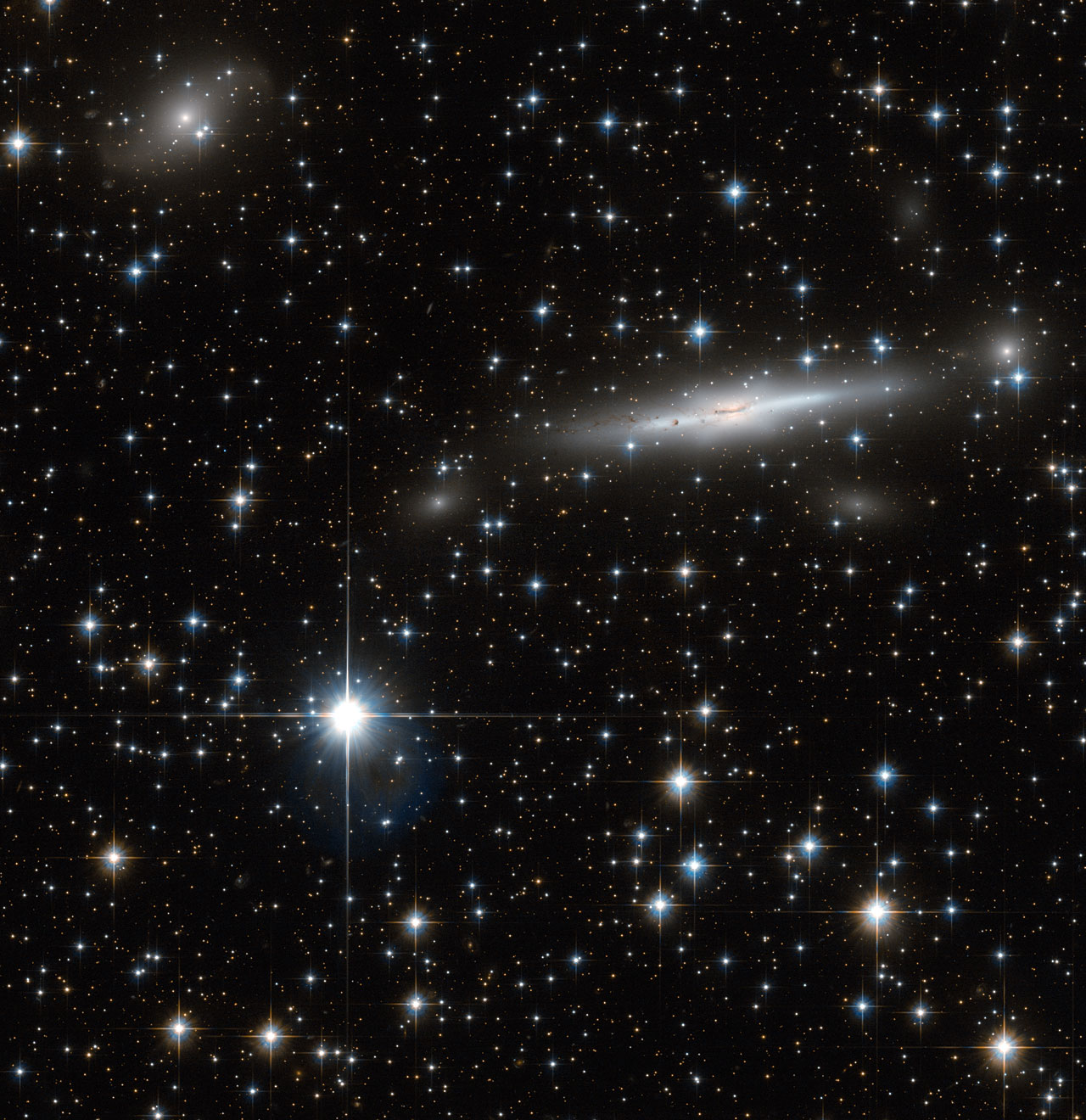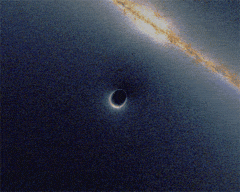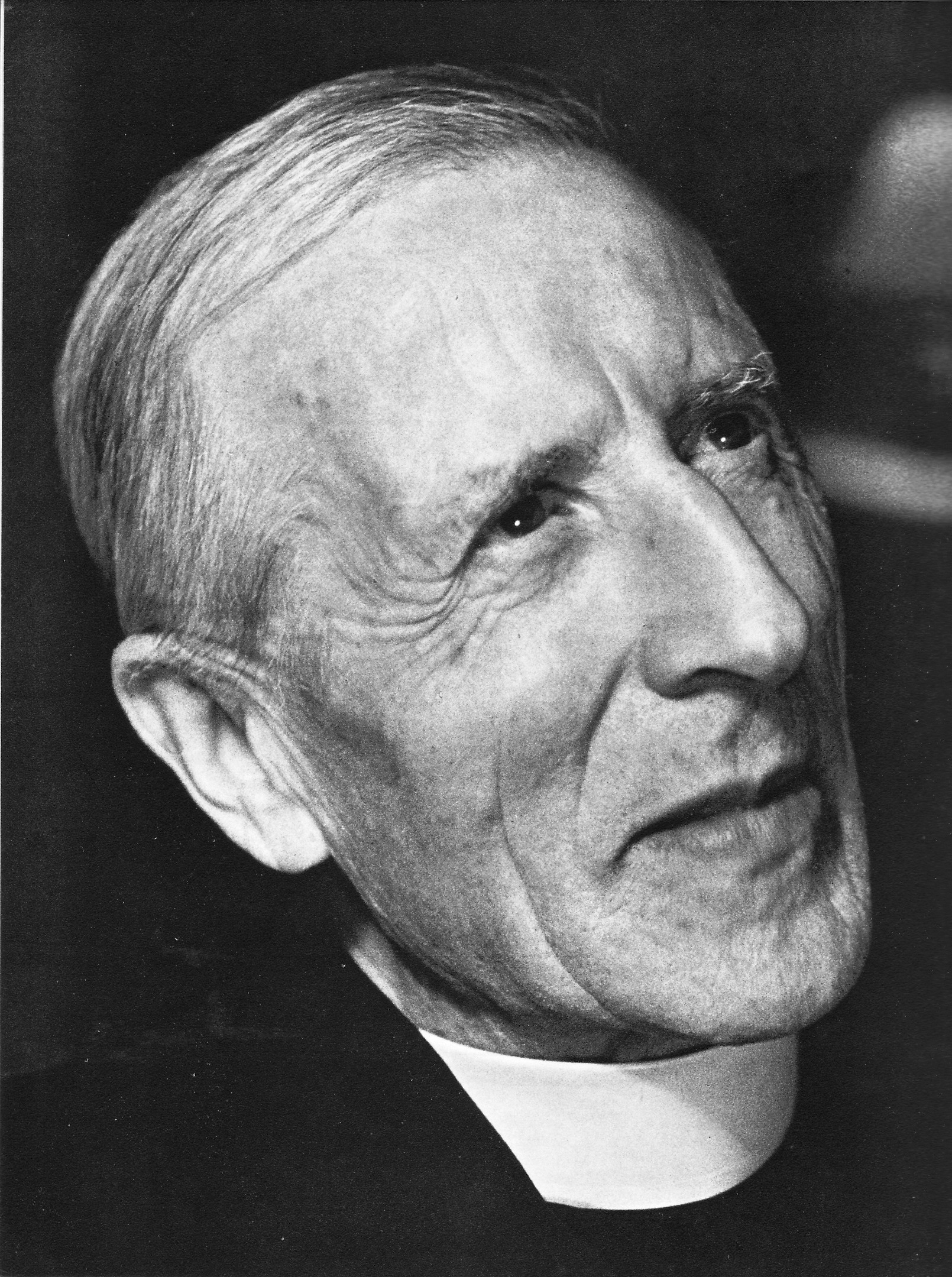|
Timelike Infinity
''Timelike Infinity'' is a 1992 science fiction book by British author Stephen Baxter. The second book in the Xeelee Sequence, ''Timelike Infinity'' introduces a universe of powerful alien species and technologies that manages to maintain a realistic edge because of Baxter's physics background. It largely sets the stage for the ''magnum opus'' of the Xeelee Sequence, ''Ring'' (as opposed to ''Vacuum Diagrams'', ''Flux'', or ''Raft'', which concern themselves with side stories). Plot summary Set thousands of years in the future ( AD 5407), the human race has been conquered by the Qax, a truly alien turbulent-liquid form of life, who now rule over the few star systems of human space – adopting processes from human history to effectively oppress the resentful race. Humans have encountered a few other races, including the astoundingly advanced Xeelee, and been conquered once before – by the Squeem – but successfully recovered. A human-built device, the Interface project, ret ... [...More Info...] [...Related Items...] OR: [Wikipedia] [Google] [Baidu] |
Stephen Baxter (author)
Stephen Baxter (born 13 November 1957) is an English hard science fiction author. He has degrees in mathematics and engineering. Writing style Strongly influenced by science fiction pioneer H. G. Wells, Baxter has been vice-president of the international H. G. Wells Society since 2006. His fiction falls into three main categories of original work plus a fourth category, extending other authors' writing; each has a different basis, style, and tone. Baxter's "Future history, Future History" mode is based on research into hard science fiction, hard science. It encompasses the ''Xeelee Sequence'', which consists of nine novels (including the ''Destiny's Children'' trilogy and Vengeance/Redemption duology that is set in alternate timeline), plus three volumes collecting the 52 short pieces (short stories and novellas) in the series, all of which fit into a single timeline stretching from the Big Bang singularity of the past to his ''Timelike Infinity'' (1993) singularity of the fu ... [...More Info...] [...Related Items...] OR: [Wikipedia] [Google] [Baidu] |
Participatory Universe
John Archibald Wheeler (July 9, 1911April 13, 2008) was an American theoretical physicist. He was largely responsible for reviving interest in general relativity in the United States after World War II. Wheeler also worked with Niels Bohr to explain the basic principles of nuclear fission. Together with Gregory Breit, Wheeler developed the concept of the Breit–Wheeler process. He is best known for popularizing the term "black hole" for objects with gravitational collapse already predicted during the early 20th century, for inventing the terms "quantum foam", "neutron moderator", "wormhole" and "it from bit", and for hypothesizing the "one-electron universe". Stephen Hawking called Wheeler the "hero of the black hole story". At 21, Wheeler earned his doctorate at Johns Hopkins University under the supervision of Karl Herzfeld. He studied under Breit and Bohr on a National Research Council fellowship. In 1939 he collaborated with Bohr on a series of papers using the liquid dr ... [...More Info...] [...Related Items...] OR: [Wikipedia] [Google] [Baidu] |
Light-year
A light-year, alternatively spelled light year (ly or lyr), is a unit of length used to express astronomical distances and is equal to exactly , which is approximately 9.46 trillion km or 5.88 trillion mi. As defined by the International Astronomical Union (IAU), a light-year is the distance that light travels in vacuum in one Julian year (365.25 days). Despite its inclusion of the word "year", the term should not be misinterpreted as a unit of time. The ''light-year'' is most often used when expressing distances to stars and other distances on a galactic scale, especially in non-specialist contexts and popular science publications. The unit most commonly used in professional astronomy is the parsec (symbol: pc, about 3.26 light-years). Definitions As defined by the International Astronomical Union (IAU), the light-year is the product of the Julian year (365.25 days, as opposed to the 365.2425-day Gregorian year or the 365.24219-day Tropical year that both approxim ... [...More Info...] [...Related Items...] OR: [Wikipedia] [Google] [Baidu] |
Torus
In geometry, a torus (: tori or toruses) is a surface of revolution generated by revolving a circle in three-dimensional space one full revolution about an axis that is coplanarity, coplanar with the circle. The main types of toruses include ring toruses, horn toruses, and spindle toruses. A ring torus is sometimes colloquially referred to as a donut or doughnut. If the axis of revolution does not touch the circle, the surface has a ring shape and is called a torus of revolution, also known as a ring torus. If the axis of revolution is tangent to the circle, the surface is a horn torus. If the axis of revolution passes twice through the circle, the surface is a Lemon (geometry), spindle torus (or ''self-crossing torus'' or ''self-intersecting torus''). If the axis of revolution passes through the center of the circle, the surface is a degenerate torus, a double-covered sphere. If the revolved curve is not a circle, the surface is called a ''toroid'', as in a square toroid. ... [...More Info...] [...Related Items...] OR: [Wikipedia] [Google] [Baidu] |
Galactic Drift
Hubble's law, also known as the Hubble–Lemaître law, is the observation in physical cosmology that galaxies are moving away from Earth at speeds proportional to their distance. In other words, the farther a galaxy is from the Earth, the faster it moves away. A galaxy's recessional velocity is typically determined by measuring its redshift, a shift in the frequency of light emitted by the galaxy. The discovery of Hubble's law is attributed to work published by Edwin Hubble in 1929, but the notion of the universe expanding at a calculable rate was first derived from general relativity equations in 1922 by Alexander Friedmann. The Friedmann equations showed the universe might be expanding, and presented the expansion speed if that were the case. Before Hubble, astronomer Carl Wilhelm Wirtz had, in 1922 and 1924, deduced with his own data that galaxies that appeared smaller and dimmer had larger redshifts and thus that more distant galaxies recede faster from the observer. In 1927, ... [...More Info...] [...Related Items...] OR: [Wikipedia] [Google] [Baidu] |
Great Attractor
The Great Attractor is a region of gravitational attraction in intergalactic space and the apparent central gravitational point of the Laniakea Supercluster of galaxies that includes the Milky Way galaxy, as well as about 100,000 other galaxies. The observed attraction suggests a localized concentration of mass having the order of 1016 solar masses. However, it is obscured by the Milky Way's galactic plane, lying behind the Zone of Avoidance (ZOA), so that in visible light wavelengths, the Great Attractor is difficult to observe directly. The attraction is observable by its effect on the motion of galaxies and their associated clusters over a region of hundreds of millions of light-years across the universe. These galaxies are observable above and below the Zone of Avoidance; all are redshifted in accordance with the Hubble flow, indicating that they are receding relative to the Milky Way and to each other, but the variations in their redshifts are large enough and regula ... [...More Info...] [...Related Items...] OR: [Wikipedia] [Google] [Baidu] |
Ring (Baxter Novel)
''Ring'' is a 1994 science fiction novel by British author Stephen Baxter (author), Stephen Baxter. The novel tells the story of the end of the universe and the saving of mankind from its destruction. Two parallel plots are followed throughout the novel: that of Lieserl, an Artificial Intelligence, AI exploring the interior of the Sun, and that of the ''Great Northern'', a generation ship on a five-million-year journey. Plot summary The AI Lieserl is abandoned for five million years, leaving her to observe the Sun's interior. She discovers Dark matter in fiction, dark matter-based life, which she names "photino birds". These birds gradually drain the energy from the core of a star, ending Nuclear fusion, fusion and causing premature aging into a stable white dwarf—the birds' preferred habitat, as it has no risk of going supernova and destroying them. A generation ship is sent with one end of a wormhole to explore the future and investigate the whereabouts of Michael Poole. ... [...More Info...] [...Related Items...] OR: [Wikipedia] [Google] [Baidu] |
Grand Unification Theory
A Grand Unified Theory (GUT) is any model in particle physics that merges the electromagnetic, weak, and strong forces (the three gauge interactions of the Standard Model) into a single force at high energies. Although this unified force has not been directly observed, many GUT models theorize its existence. If the unification of these three interactions is possible, it raises the possibility that there was a grand unification epoch in the very early universe in which these three fundamental interactions were not yet distinct. Experiments have confirmed that at high energy, the electromagnetic interaction and weak interaction unify into a single combined electroweak interaction. GUT models predict that at even higher energy, the strong and electroweak interactions will unify into one electronuclear interaction. This interaction is characterized by one larger gauge symmetry and thus several force carriers, but one unified coupling constant. Unifying gravity with the electro ... [...More Info...] [...Related Items...] OR: [Wikipedia] [Google] [Baidu] |
Gravitational Singularity
A gravitational singularity, spacetime singularity, or simply singularity, is a theoretical condition in which gravity is predicted to be so intense that spacetime itself would break down catastrophically. As such, a singularity is by definition no longer part of the regular spacetime and cannot be determined by "where" or "when”. Gravitational singularities exist at a junction between general relativity and quantum mechanics; therefore, the properties of the singularity cannot be described without an established theory of quantum gravity. Trying to find a complete and precise definition of singularities in the theory of general relativity, the current best theory of gravity, remains a difficult problem. A singularity in general relativity can be defined by the scalar invariant curvature becoming infinite or, better, by a geodesic being incomplete. General relativity predicts that any object collapsing beyond its Schwarzschild radius would form a black hole, inside ... [...More Info...] [...Related Items...] OR: [Wikipedia] [Google] [Baidu] |
World Line
The world line (or worldline) of an object is the path that an object traces in 4-dimensional spacetime. It is an important concept of modern physics, and particularly theoretical physics. The concept of a "world line" is distinguished from concepts such as an "orbit" or a " trajectory" (e.g., a planet's ''orbit in space'' or the ''trajectory'' of a car on a road) by inclusion of the dimension ''time'', and typically encompasses a large area of spacetime wherein paths which are straight perceptually are rendered as curves in spacetime to show their (relatively) more absolute position states—to reveal the nature of special relativity or gravitational interactions. The idea of world lines was originated by physicists and was pioneered by Hermann Minkowski. The term is now used most often in the context of relativity theories (i.e., special relativity and general relativity). Usage in physics A world line of an object (generally approximated as a point in space, e.g., a p ... [...More Info...] [...Related Items...] OR: [Wikipedia] [Google] [Baidu] |
Omega Point
The Omega Point is a theorized future event in which the entirety of the universe spirals toward a final point of unification. The term was invented by the French Jesuit Catholic priest Pierre Teilhard de Chardin (1881–1955). Teilhard argued that the Omega Point resembles the Christian Logos, namely Christ, who draws all things into himself, who in the words of the Nicene Creed, is "God from God", "Light from Light", "True God from True God", and "through him all things were made". In the Book of Revelation, Christ describes himself three times as " the Alpha and the Omega, the beginning and the end". Several decades after Teilhard's death, the idea of the Omega Point was expanded upon in the writings of John David Garcia (1971), Paolo Soleri (1981), Frank Tipler (1994), and David Deutsch (1997). Pierre Teilhard de Chardin's theory Etymology Teilhard de Chardin was a paleontologist and Roman Catholic priest in the Jesuit order. In France in the 1920s, he began incorporating ... [...More Info...] [...Related Items...] OR: [Wikipedia] [Google] [Baidu] |
Final Anthropic Principle
Frank Jennings Tipler (born February 1, 1947) is an American mathematical physicist and cosmologist, holding a joint appointment in the Departments of Mathematics and Physics at Tulane University. Tipler has written books and papers on the Omega Point based on Pierre Teilhard de Chardin's religious ideas, which he claims is a mechanism for the resurrection of the dead. He is also known for his theories on the Tipler cylinder time machine. His work has attracted criticism, most notably from Quaker and systems theorist George Ellis, who has argued that his theories are largely pseudoscience. Biography Tipler was born in Andalusia, Alabama, to Frank Jennings Tipler Jr., a lawyer, and Anne Tipler, a homemaker. Tipler attended the Massachusetts Institute of Technology from 1965 to 1969, where he completed a Bachelor of Science degree in physics. In 1976 he completed his PhD with the University of Maryland. Tipler was hired in a series of postdoctoral research positions at three univ ... [...More Info...] [...Related Items...] OR: [Wikipedia] [Google] [Baidu] |






